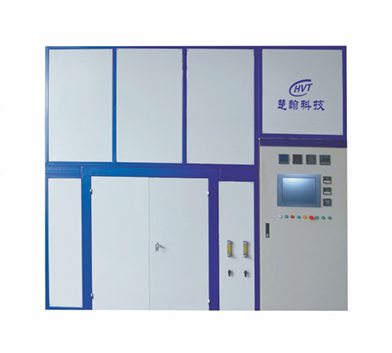
Industrial metal processing has undergone significant transformations with the advancement of electromagnetic heating technologies. Among the most revolutionary developments in metallurgical equipment are induction melting furnaces, which have redefi...
VIEW MORE
Heat treatment furnaces play a crucial role in modern manufacturing and metallurgical processes, serving as the backbone for enhancing material properties across various industries. These specialized heating systems enable precise temperature control...
VIEW MORE
Manufacturing industries worldwide rely on precision heat treatment processes to achieve optimal material properties and product quality. The effectiveness of these processes depends heavily on properly optimized furnace cycles that ensure consistent...
VIEW MORE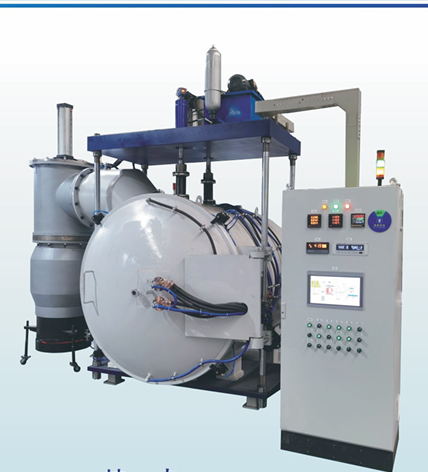
Essential Guidelines for Vacuum Brazing Furnace Maintenance Maintaining a vacuum brazing furnace is crucial for ensuring consistent, high-quality results in industrial manufacturing processes. These sophisticated pieces of equipment require meticulou...
VIEW MORE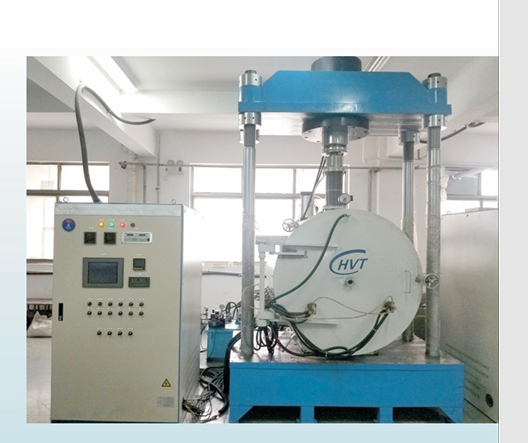
Understanding the Evolution of Advanced Vacuum Brazing Technology The landscape of industrial manufacturing has been transformed by the sophisticated capabilities of vacuum brazing furnaces. These essential pieces of equipment have revolutionized the...
VIEW MORE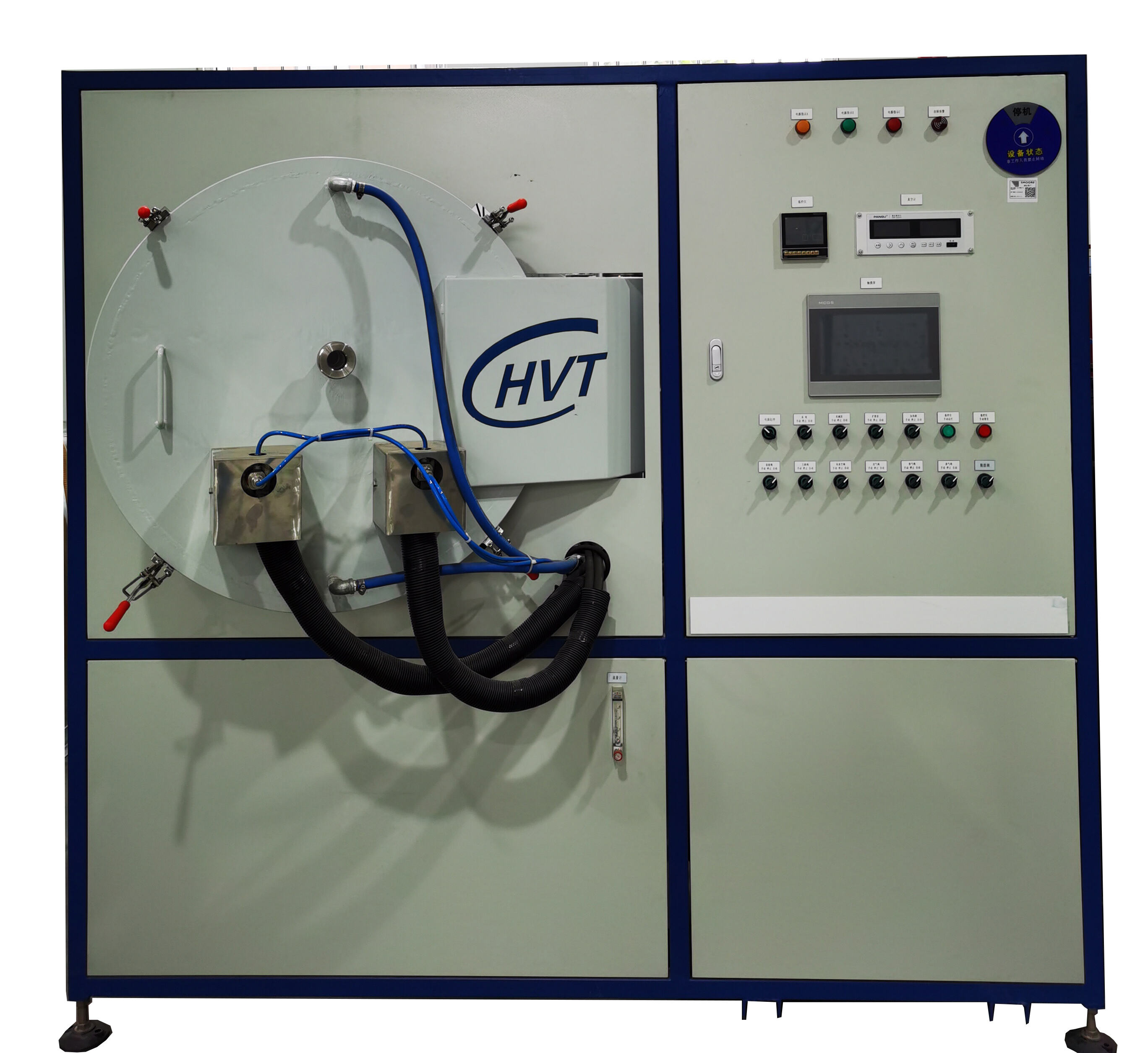
Understanding the Critical Role of Vacuum Furnaces in Modern Manufacturing Vacuum furnaces represent a cornerstone technology in modern industrial manufacturing, offering unparalleled precision and control in heat treatment processes. These sophistic...
VIEW MORE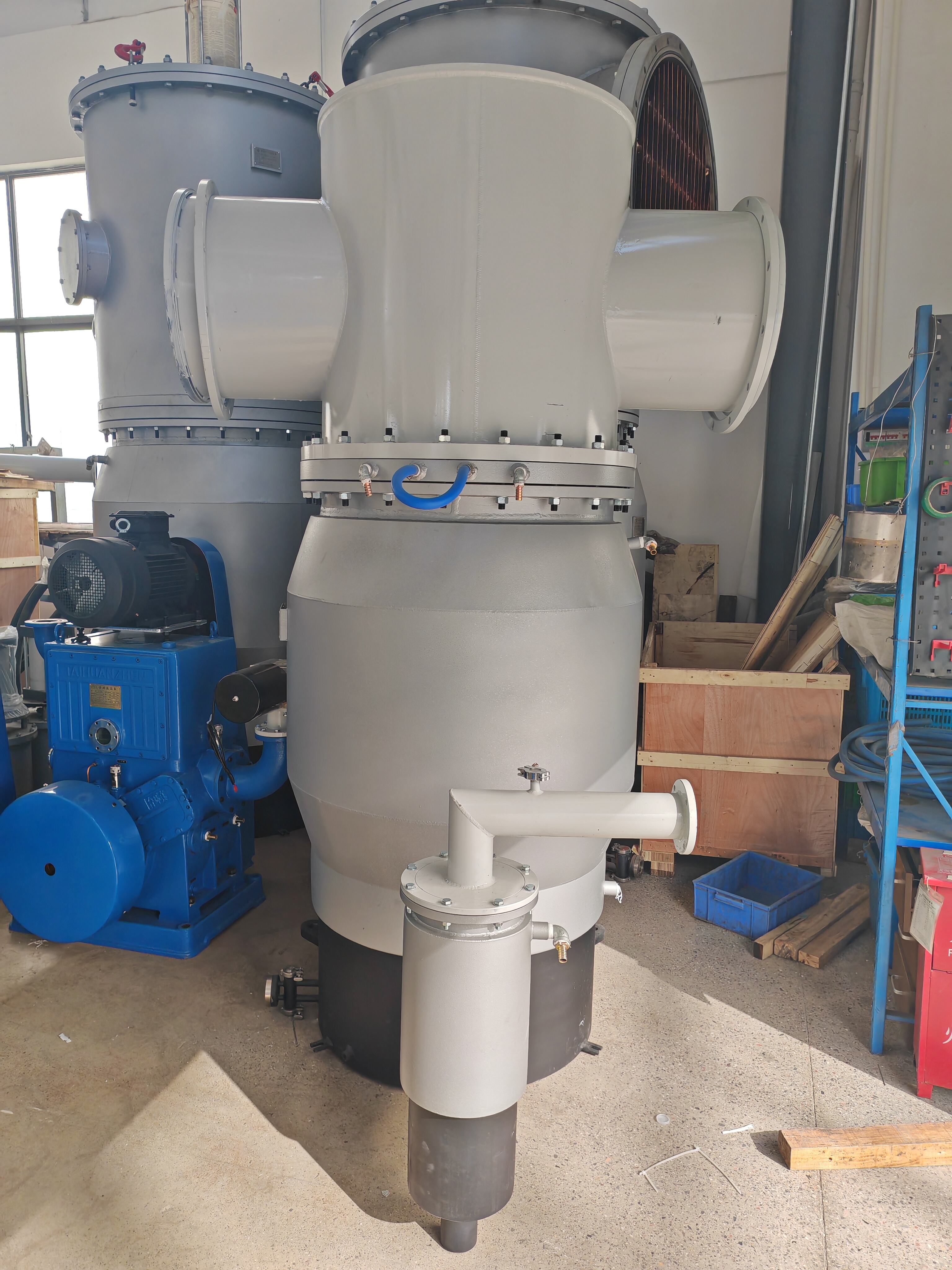
Understanding the Unique Advantages of High-Vacuum Technology In the realm of vacuum technology, diffusion pumps stand as a testament to engineering ingenuity. These sophisticated devices have been instrumental in advancing various industries, from s...
VIEW MORE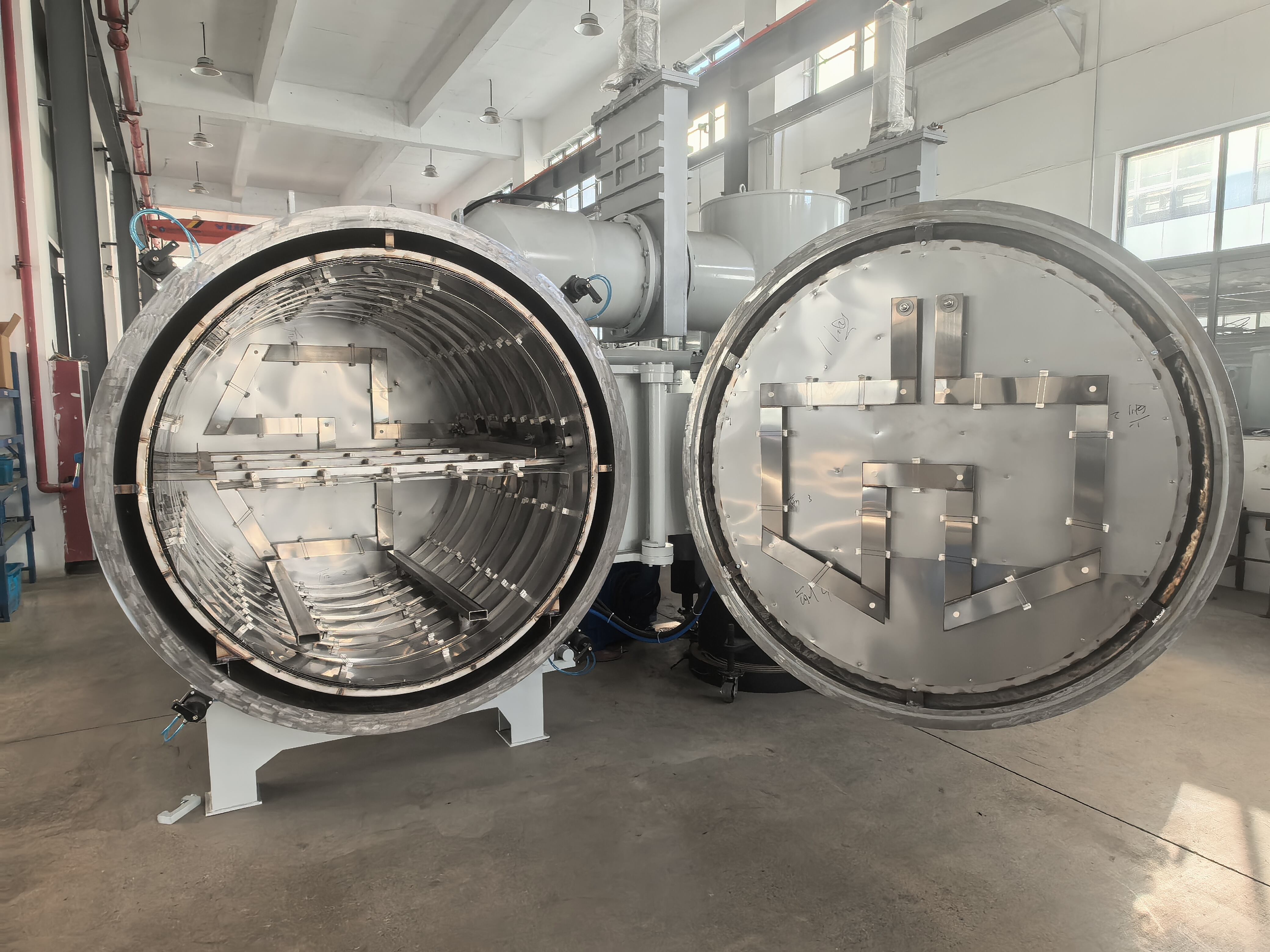
Understanding the Critical Role of Thermal Protection Systems Thermal protection is a fundamental aspect of various industries, from aerospace and automotive to industrial manufacturing. Heat shields serve as the primary defense against extreme tempe...
VIEW MORE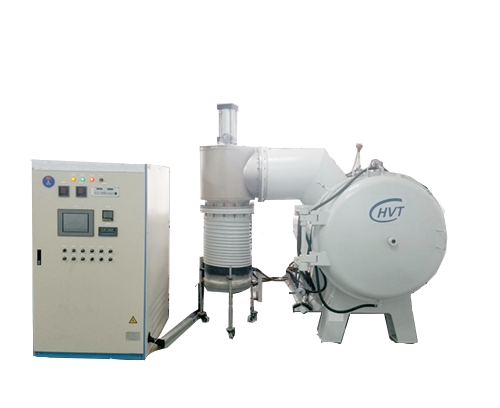
Essential Strategies for Industrial Furnace Care and Longevity Industrial furnaces represent significant investments in any manufacturing or processing facility. These critical pieces of equipment require meticulous industrial furnace maintenance to ...
VIEW MORE
Understanding Industrial Metal Melting Technologies The world of metallurgy revolves around the critical process of melting metals, and selecting the right melting furnaces plays a pivotal role in achieving optimal results. From precious metals to in...
VIEW MORE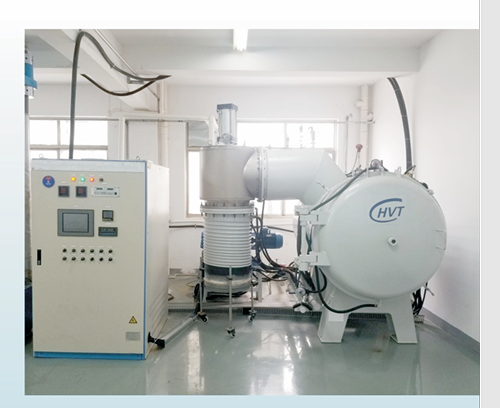
Revolutionizing Industrial Heating: The Power of Metal Furnaces The industrial heating landscape has evolved dramatically over the years, with metal furnaces emerging as a game-changing solution for manufacturers and processors worldwide. These sophi...
VIEW MORE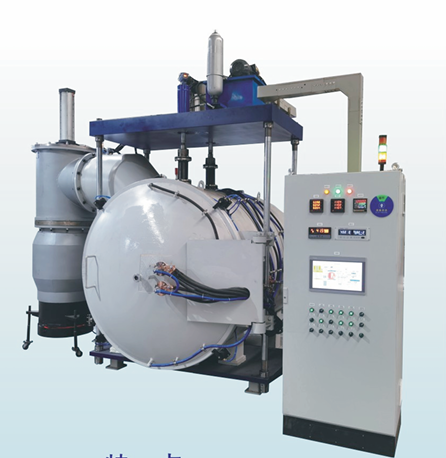
Essential Guidelines for Industrial Metal Furnace Care Metal furnace maintenance stands at the heart of any successful industrial operation. Whether you're running a small foundry or managing a large-scale manufacturing facility, the proper upkeep of...
VIEW MORE